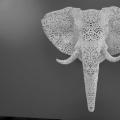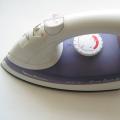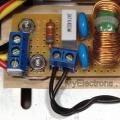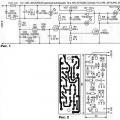3D printing or additive manufacturing technologies have gained popularity quite recently, although the first methods appeared in the mid-80s of the last century. The purpose of 3D printers for many people still remains a mystery, although there is really nothing complicated: these are real automated factories capable of independently producing products of almost any shape.
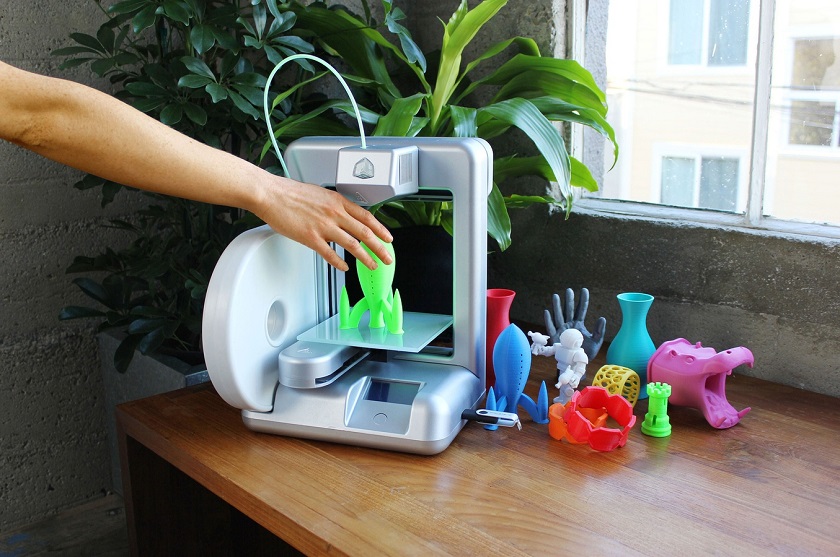
3D printers are used for a wide variety of tasks. Initially, 3D printing technologies were called "rapid prototyping" and were used, as you might guess, to make prototypes and mock-ups. Current, improved technologies and materials allow printing not just layouts, but quite functional products suitable for everyday use: titanium implants and gas turbine blades, plastic toys, souvenirs and cases of household appliances and gadgets, ceramic dishes and even concrete building structures. The main advantage of 3D printing over traditional production technologies is considered to be the principle of "direct production": finished products are printed directly from digital models, while for the same injection molding, expensive tooling must first be produced.
Principle of operation
There are a great variety of 3D printing methods, but all of them are united by the general principle of processing digital models: in order for a 3D printer to deal with a complex three-dimensional structure, the digital model is divided into cross sections, the thickness of each of which corresponds to the thickness of one layer. Imagine a stack of paper, where each sheet acts as a printing layer: if each sheet is cut according to an individual template and then folded back into the stack, you get a three-dimensional object of a given shape. Actually, this is how the LOM 3D printers produced by Mcor work by cutting and gluing sheets of paper.
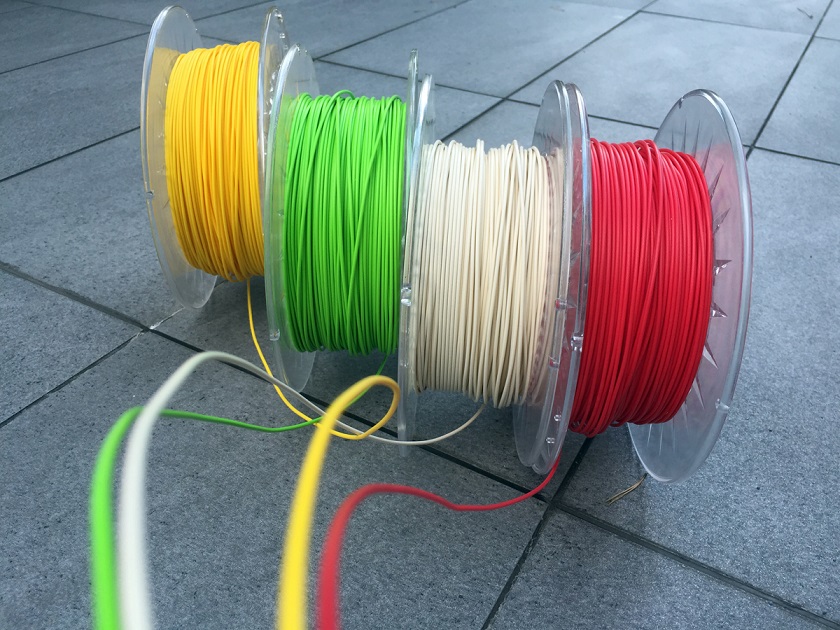
The difference lies in the methods of making the layers and the materials used. So, in stereolithography (SLA ) liquid photopolymer resins are used, cured by a laser, and in selective laser sintering ( SLS ) the same lasers are used to sinter particles of various powders - metal, polymer or ceramic. The most widespread technology is the technology of "depositional deposition modeling", known under the abbreviations "FD" and " Fff ". The popularity of this method is explained by the simplicity and low cost of both the printing devices themselves and consumables. All kinds of plastic and polymer-based composites are used as raw materials, and FDM printers are the most simplified numerical control machines.
A thin filament or filament is used as the material, and an extruder, consisting of a simple gear mechanism that pushes the plastic bar into a hot tube (hot end) and squeezes the molten plastic through a nozzle, acts as a printhead. The molten thread can be drawn one layer after another until a three-dimensional physical model is formed. All you need is a device that will set the head in motion according to a given algorithm.
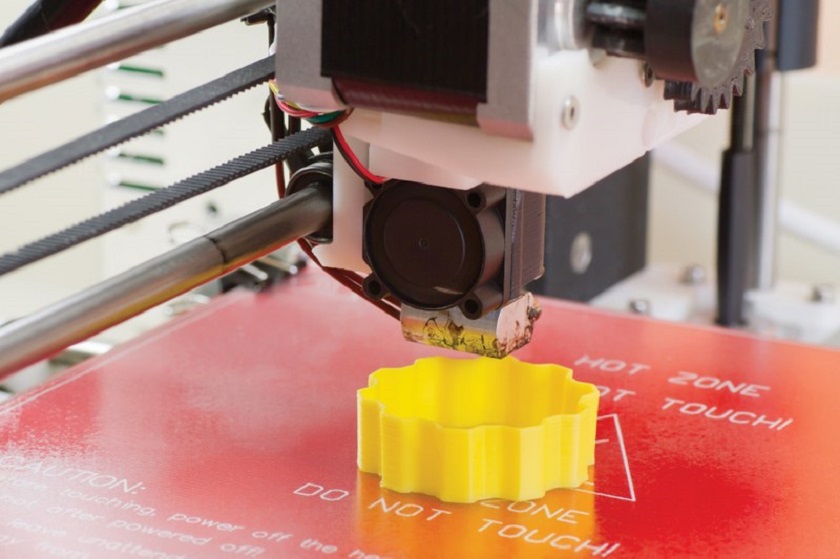
This device is called a 3D printer. The simplest desktop 3D printers consist of a chassis, which serves as the basis for the guides along which the print head and / or the platform on which the construction is carried out moves. A typical office printer that prints on a sheet of paper requires the ability to position in two dimensions: as a rule, the head moves from side to side, and the sheet of paper itself is gradually extended, line by line. If we are building a three-dimensional model, then it is necessary to add a third dimension to the positioning mechanism - so that we can orient ourselves not only in width and length, but also in height.
The head and platform are mounted on guides and driven by electric motors. The order of operation of the electric motors, which determines the movement of the head and the supply of material, is laid down in a special program code (the so-called G-code). The code is generated automatically using special programs called "slicers": such applications take 3D virtual models drawn in graphic editors, and then divide them into layers and convert each layer into a series of commands necessary to build a physical analogue. The head gradually traces each layer, extruding the molten plastic onto the platform or previously applied layers. After the end of the layer, the head rises (or, conversely, the platform is lowered) to the height of one layer, and the process begins anew, only using the next template.
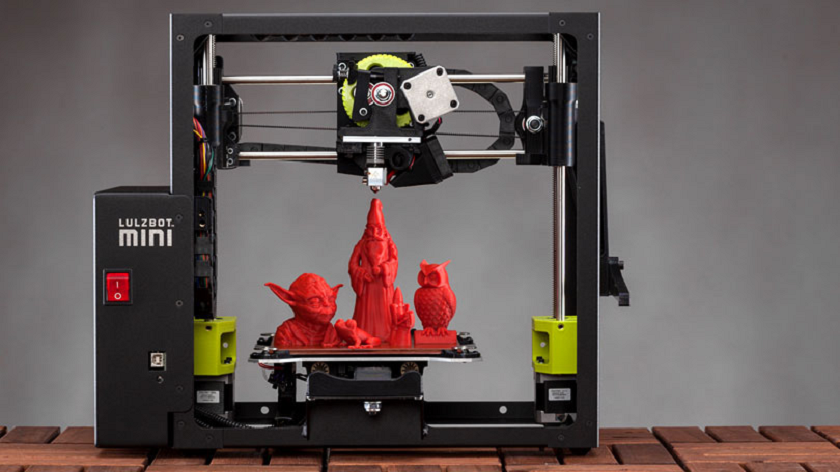
As a rule, the thickness of the filament and the layers themselves is fractions of a millimeter: a typical nozzle diameter varies from 0.3 to 0.8 mm, while the thickness of the layer is from 50 to 300 microns. For comparison, the thickness of a human hair ranges from 80-100 microns. It is obvious that printing with fine filament takes quite a long time. Indeed, a typical production cycle can easily be measured in hours, or even more than a day: it all depends on the chosen nozzle diameter, the thickness of the individual layers and the dimensions of the product itself. The higher the thickness of the filament and layers, the less time it will take to print, but the quality of the surfaces will also be lower.
Expendable materials
One of the most attractive factors in FDM printing remains the huge variety of relatively inexpensive consumables. The two most popular plastics are ABS (acrylonitrile butadiene styrene) and PLA (polylactide). Absolutely all of us are familiar with the first option - this is the most widely used industrial plastic from which your favorite coffee grinder, ballpoint pen, smartphone protective casing and many other household items are made. The second is a sustainable alternative, being an organic, biodegradable polymer made from corn or sugar cane. Although PLA is not so durable, it can be safely thrown into the trash, since under the influence of the environment, after a few months, polylactide will turn into harmless compost.
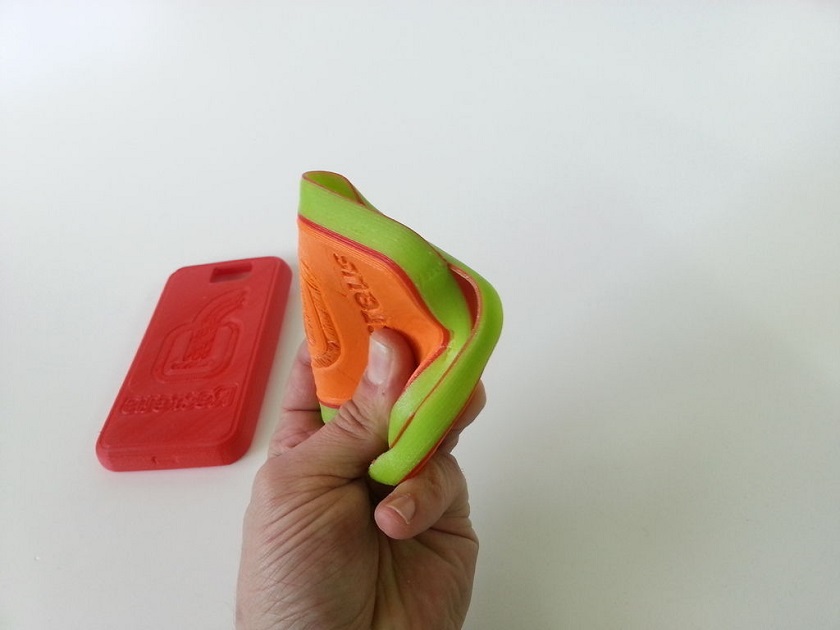
But if you want, you can print with other materials: such popular thermoplastics as polycarbonate and nylon. Filament can even be made at home using empty PET containers as raw materials: this material is used to make bottles for soda water and beer.
There are also elastic options that mimic rubber, such as the NinjaFlex. And if you don't like the "plastic" image, then you can try composites based on PLA with the addition of various fillers: sandstone, metal dust and even wood. Of course, the physical and mechanical characteristics of such composites are incomparable with real stone or steel, but if instead of external similarity you need strength and wear resistance, then you can always try special composites reinforced with carbon fiber.
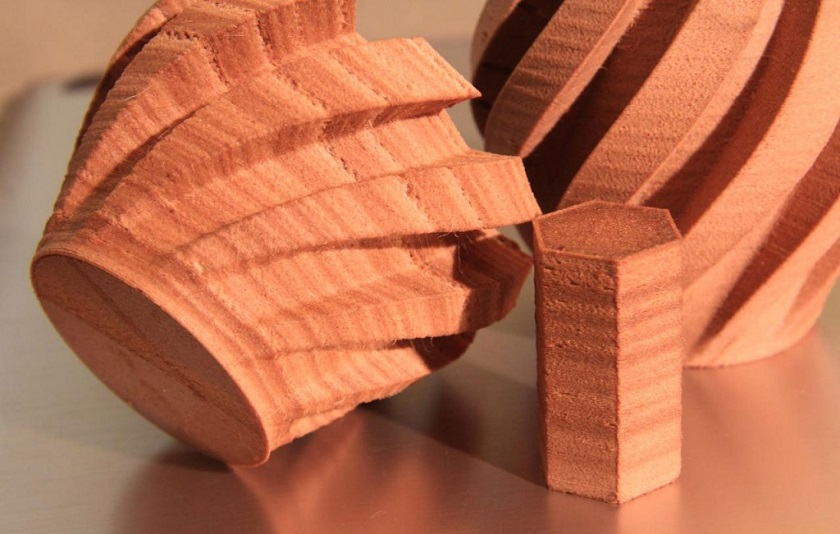
All that remains is to choose a 3D printer to their liking, which can be difficult due to the growing variety: serious designers can choose relatively large devices with two or three printheads, while for novice users there are many easy-to-use models with relatively fast characteristics. but with a high level of automation and quite affordable prices. Some of the more budget devices can be purchased for as little as $ 200-300, and filament prices start at $ 10 per kilogram.
For those who want to know more
- Why 3D printers will come to every home or how I first used a 3D printer - my first experience with a 3D printer: pitfalls and first skills
- 12 useful things you can 3D print - where to start if you have a 3D printer
- How 3D printers are changing our lives - what will we 3D print in the near future
- 7 gadgets everyone should try - what else is worth trying in person besides 3D printers
- 10 solar-powered robots that you can assemble with your kids - simple and affordable construction kits to introduce kids to modern technology

